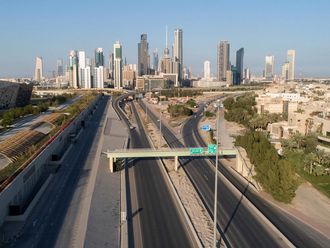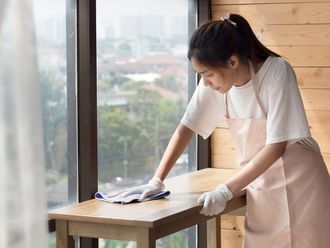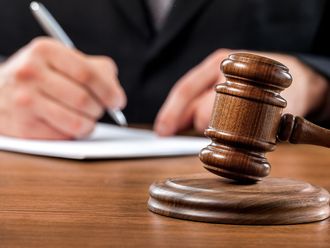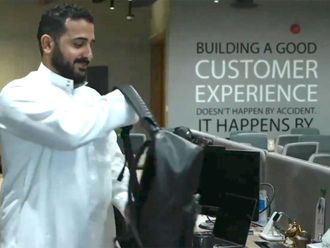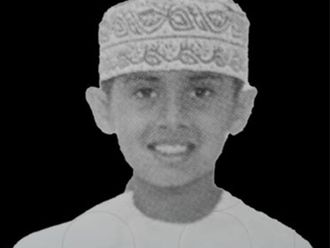Manama: Kuwait's health ministry has developed a plan to deal the outcome of an accident resulting from radioactive pollution.
The announcement comes days after Iran launched the Bushehr nuclear reactor, located across the Arabian Gulf and very near Kuwait.
The plan, worked out in cooperation with the Interior Ministry's Directorate General of Civil Defence, follows the International Atomic Energy Agency's (IAEA) criteria for countries located close to nuclear reactors.
Samir Al Asfour, the ministry's Assistant Undersecretary for Public Service Affairs, said it "includes draft emergency measures for each state department to follow in case of nuclear radiation accidents."
He said that the IAEA's nuclear safeguards outline safe guidelines for levels of nuclear radiation. He emphasised the fact that the health ministry is ready to deal with any accidents which may occur from radioactive pollution.
A network, consisting of 15 fixed and two mobile radiation detection stations, has been established across Kuwait to gauge the levels of radiation in all areas, including the residential districts and the borders of the emirate.
"The data received from the stations shows that the current level of radiation in Kuwait ranges between 84 and 266 nanosievert (nSv) per hour, which means that the average is 130 nSv/h. This level is in line with the normal basis point of Kuwait," Al Asfour was quoted by Kuwait News Agency (KUNA) as saying.
The country's radiation testing labs have been provided with the latest equipment to detect the levels of radiation in the air, water, soil and food samples, while a simulation programme has been developed to gauge the radioactive air particles that could result from a sudden radioactive pollution accident, he said.
According to the Al Asfour, the health ministry has already procured a reserve of drugs for radiation-related illnesses, including up to 60 million doses of non-radioactive iodine for different radioactive categories. It is also planning to provide 18,000 bottles of medicine in syrup form for infants under the age of three, he said.




